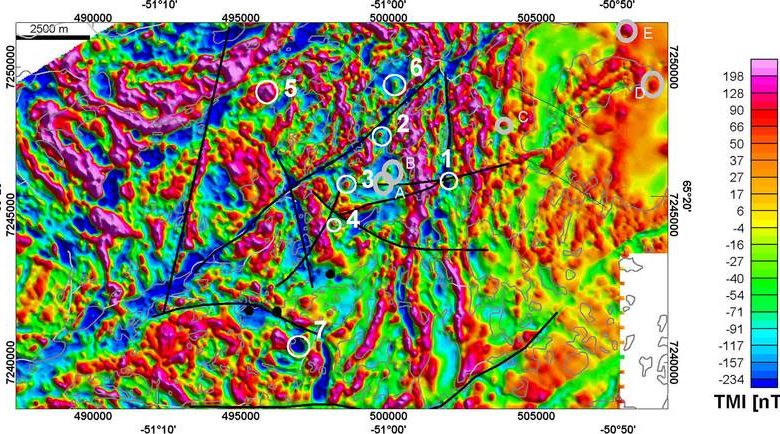All Categories
Featured
Table of Contents
Geophysical Survey - An Overview in Applecross Aus 2020
Much of the image consists of blank areas now with little or no radar response. The "yard" wall is still revealing strongly, nevertheless, and there are continuing suggestions of a tough surface area in the SE corner. Time slice from 23 to 25ns. This last piece is now practically all blank, but a few of the walls are still revealing strongly.
How deep are these pieces? Sadly, the software I have access to makes approximating the depth a little difficult. If, nevertheless, the top 3 slices represent the ploughsoil, which is probably about 30cm think, I would guess that each piece is about 10cm and we are just getting down about 80cm in overall.

Fortunately for us, the majority of the websites we have an interest in lie just listed below the plough zone, so it'll do! How does this compare to the other techniques? Contrast of the Earth Resistance information (top left), the magnetometry (bottom left), the 1517ns time slice (leading right) and the 1921ns time piece (bottom left).
Glad You Asked: What Are Seismic Surveys? in Rockingham WA 2022
Magnetometry, as gone over above, is a passive technique determining local variations in magnetism versus a localised absolutely no value. Magnetic susceptibility survey is an active method: it is a step of how magnetic a sample of sediment could be in the presence of an electromagnetic field. How much soil is tested depends upon the size of the test coil: it can be extremely small or it can be reasonably large.
The sensing unit in this case is really little and samples a small sample of soil. The Bartington magnetic vulnerability meter with a big "field coil" in use at Verulamium throughout the course in 2013. Leading soil will be magnetically improved compared to subsoils simply due to natural oxidation and decrease.
By determining magnetic susceptibility at a fairly coarse scale, we can detect locations of human occupation and middens. We do not have access to a reputable mag sus meter, however Jarrod Burks (who helped teach at the course in 2013) has some exceptional examples. Among which is the Wildcat website in Ohio.
Geophysical Survey - Explore The Seafloor in Yokine WA 2023
These towns are typically set out around a central open location or plaza, such as this rebuilt example at Sunwatch, Dayton, Ohio. Sunwatch Town, Dayton, Ohio (picture: Jarrod Burks). At the Wildcat site, the magnetometer study had found a variety of functions and homes. The magnetic vulnerability survey helped, nevertheless, define the primary location of profession and midden which surrounded the more open location.
Jarrod Burks' magnetic vulnerability survey arises from the Wildcat website, Ohio. Red is high, blue is low. The technique is therefore of excellent usage in defining areas of basic occupation instead of determining particular functions.
Geophysical surveying is a used branch of geophysics, which utilizes seismic, gravitational, magnetic, electrical and electro-magnetic physical approaches at the Earth's surface area to determine the physical residential or commercial properties of the subsurface - Geophysical Survey - Archaeological Research Services Ltd in East Perth WA 2023. Geophysical surveying approaches generally determine these geophysical homes along with abnormalities in order to evaluate different subsurface conditions such as the existence of groundwater, bedrock, minerals, oil and gas, geothermal resources, spaces and cavities, and far more.
Latest Posts
Geophysical Surveys - U.s. Geological Survey in Wandi Western Australia 2023
Geophysics in Mount Claremont Aus 2020
Geophysical Survey in Casaurina Aus 2020